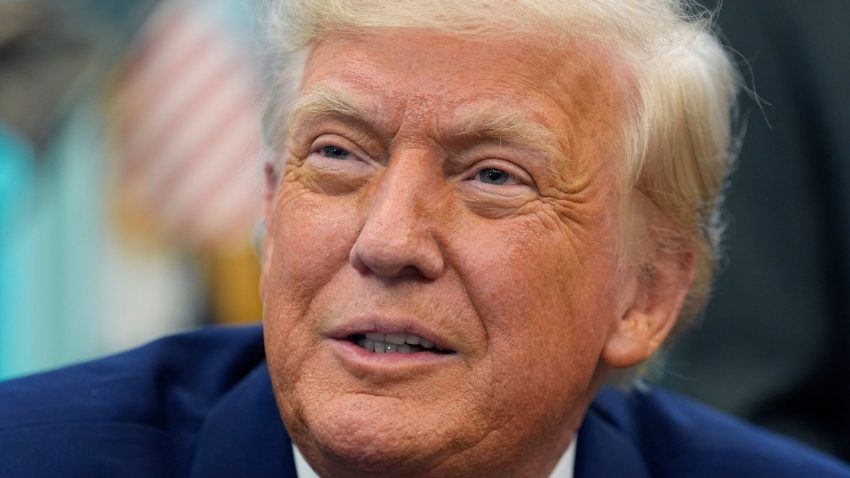Of all the fronts in Donald Trump’s trade war, none was as dramatic and economically threatening as the sky-high tariffs he imposed on China.
There are a couple of reasons: first, because China is and was the single biggest importer of goods into the US and, second, because of the sheer height of the tariffs imposed by the White House in recent months.
In short, tariffs of over 100% were tantamount to a total embargo on goods coming from the United States’ main trading partner. That would have had enormous economic implications, not just for the US but every other country around the world (these are the world’s biggest and second-biggest economies, after all).
Trump latest: US and China slash tariffs in trade war de-escalation
So the truce announced on Monday by treasury secretary Scott Bessent is undoubtedly a very big deal indeed.
In short, China will still face an extra 30% tariffs (the 20% levies cast as punishment for China’s involvement in fentanyl imports and the 10% “floor” set on “Liberation Day”) on top of the residual 10% average from the Biden era.
But the rest of the extra tariffs will be paused for 90 days. China, in turn, has suspended its own retaliatory tariffs on the US.
The market has responded as you would probably have expected, with share prices leaping in relief. But that raises a question: is the trade war now over? Now that the two sides have blinked, can globalisation continue more or less as it had before?
That, it turns out, is a trickier and more complex question than it might first seem.
For one thing, even if one were to assume this is a permanent truce rather than a suspended one, it still leaves tariffs considerably higher than they were only last year. And China faces tariffs far higher than most other countries (tot up the existing ones and the Trump era ones and China faces average tariffs of around 40%, while the average for most countries is between 8% and 14%, according to Capital Economics).
In other words, the US is still implementing an economic policy designed to increase the cost of doing business with China, even if it no longer attempts to prevent it altogether. The fact that last week’s trade agreement with the UK contains clauses seemingly designed to encourage it to raise trade barriers against China for reasons of “security” only reinforces this suspicion. The trade war is still simmering, even if it’s no longer as hot as it was a few days ago.
Read more:
US-UK trade deal ‘isn’t worth the paper it’s written on’
Key details in ‘historic’ US-UK trade deal
And more broadly, the deeper impact of the trade rollercoaster in recent months is unlikely to disappear altogether. Companies remain more nervous about investing in factories and expansions in the face of such deep economic instability. No-one is entirely sure the White House won’t just U-turn once again.
That being said, it’s hard not to escape the conclusion that the US president has blinked in this trade war. In the face of a potential recession, he has pulled back from the scariest and most damaging of his tariffs, earlier and to a greater extent than many had expected.

